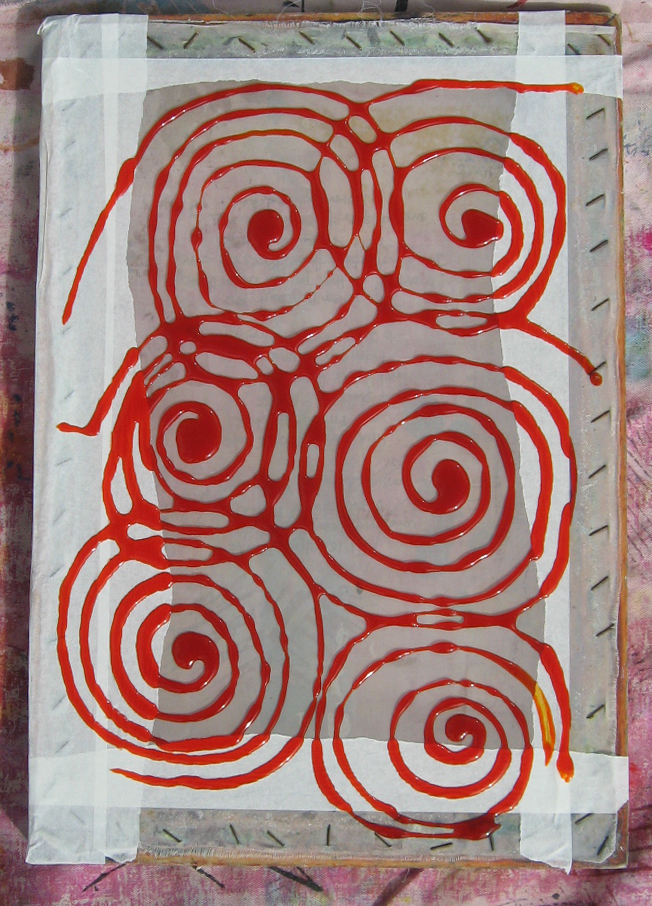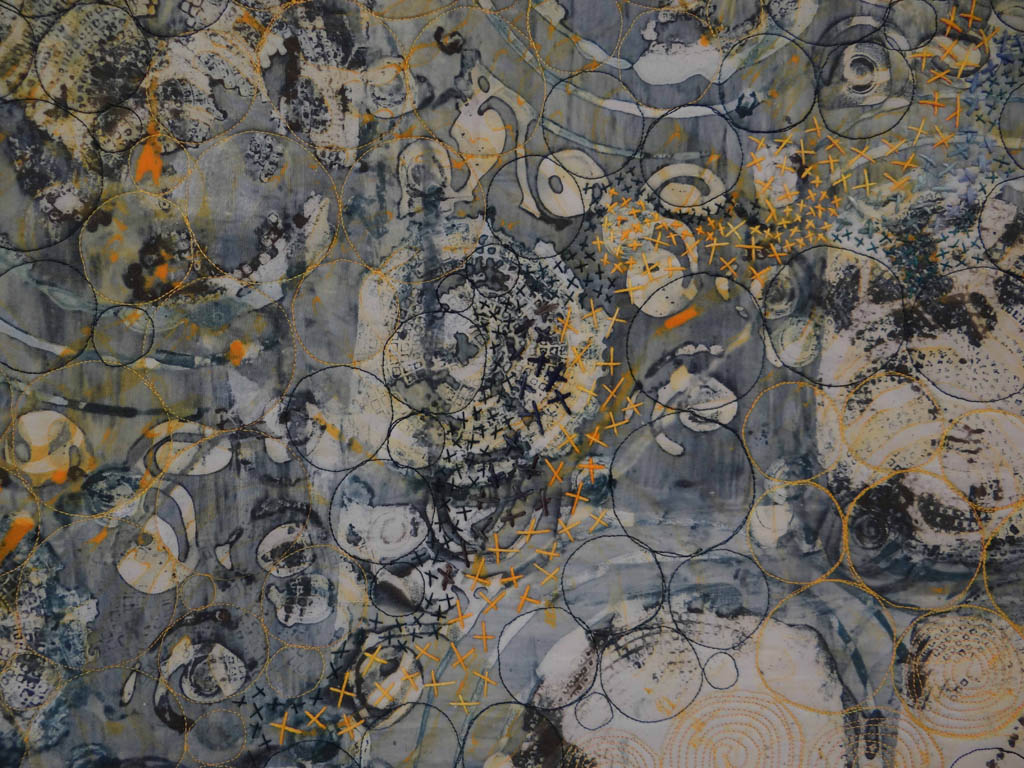I love colour! And whilst I've always kept records of the colours I've mixed for my art I have never taken the time to systematically create colour blankets. Until now. Colour is fundamental to the classes I am teaching so creating resources to help my students understand colour seems like an obvious thing to do. And it has been so much fun, I wish I'd taken the time to do this years ago!
My favourite piece so far is the colour wheel above created by blending two primary reds - magenta and scarlet - and two primary blues - turquoise and royal blue. It's my favourite for two reasons. Firstly I didn't make any mistakes when making it but mostly because of the surprising colours you get when you mix scarlet with either of the blues. Instead of the 'purples' you might think you're going to get you get some beautiful browns.
When you mix the two primary blues with two primary yellows - acid lemon and golden yellow - all of the blended colours are colours that you would label 'green'. No surprises but using the colour wheel I can see instantly how to mix an olive green or a lime green.
The third colour wheel mixes the primary yellow with the primary reds to create an abundance of oranges. What is interesting in this colour wheel is just how overwhelmed yellow is by red. Even a small addition of red creates oranges that are close to their red component.
And finally (for now!) I have stolen an idea from the excellent DVD 'Exploring Fiber Reactive Dyes with Claire Benn' to create what Claire calls colour tartans. I have created exactly the same 'tartan' on two different cottons - the cotton poplin that I use in my art and a more open weave plain cotton. The colours are extremely close although they are very, very slightly richer on the poplin which has a slight surface sheen. Doesn't really show up in a photo so you'll have to trust me on this. Or make you own!






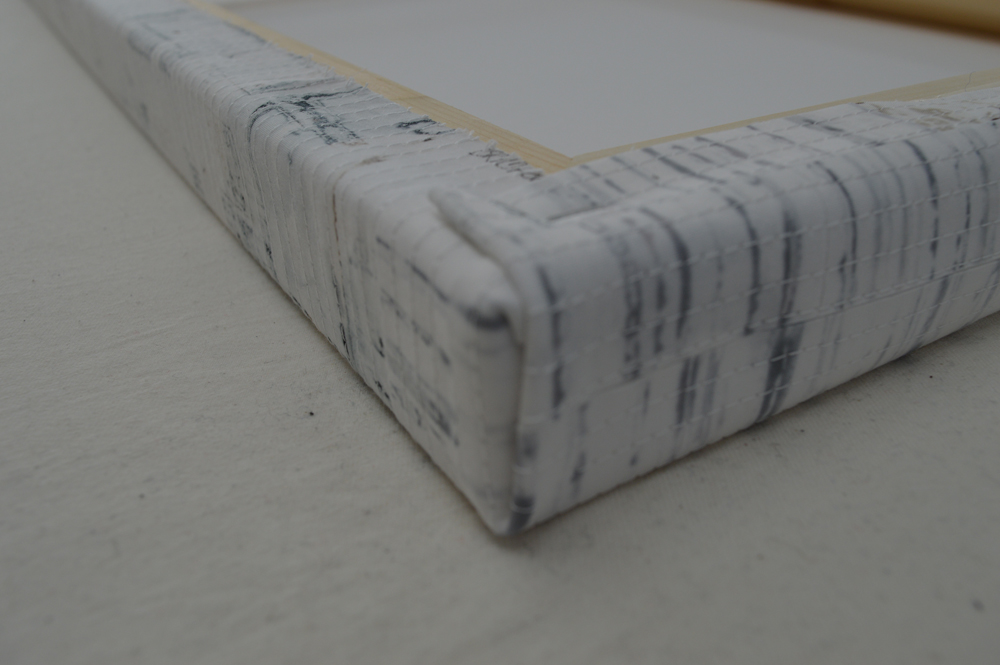






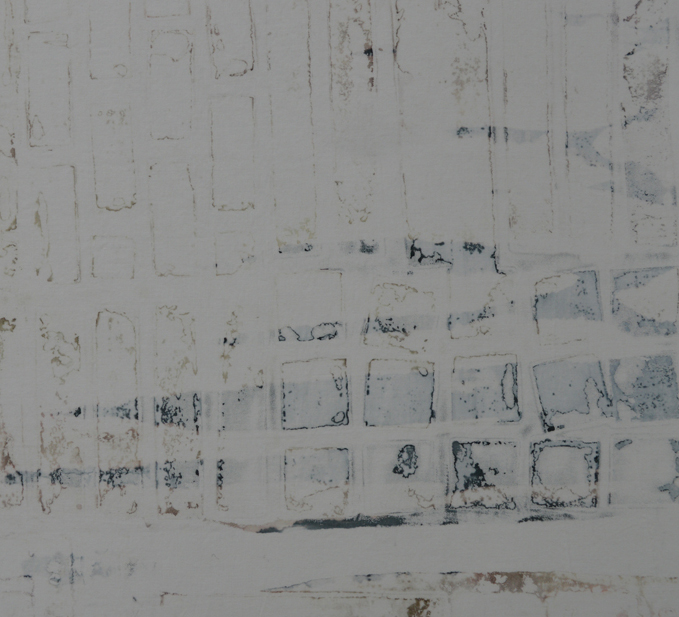
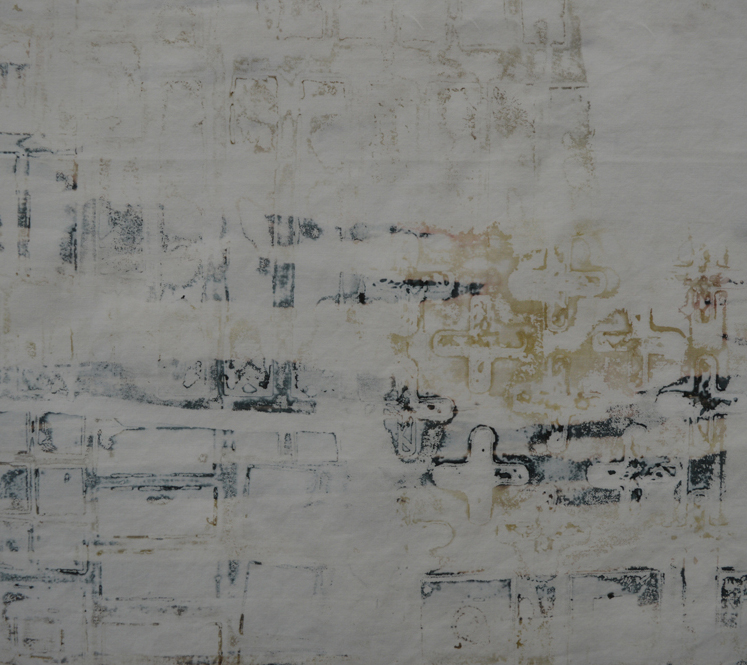

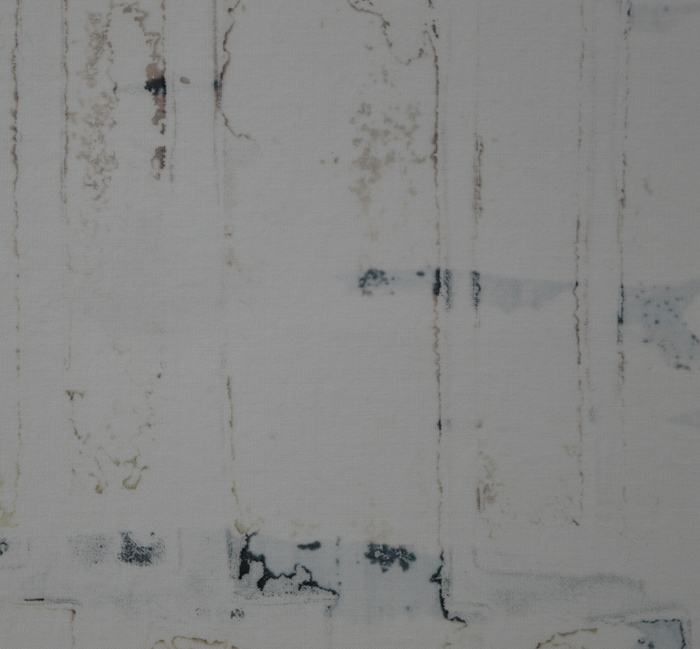



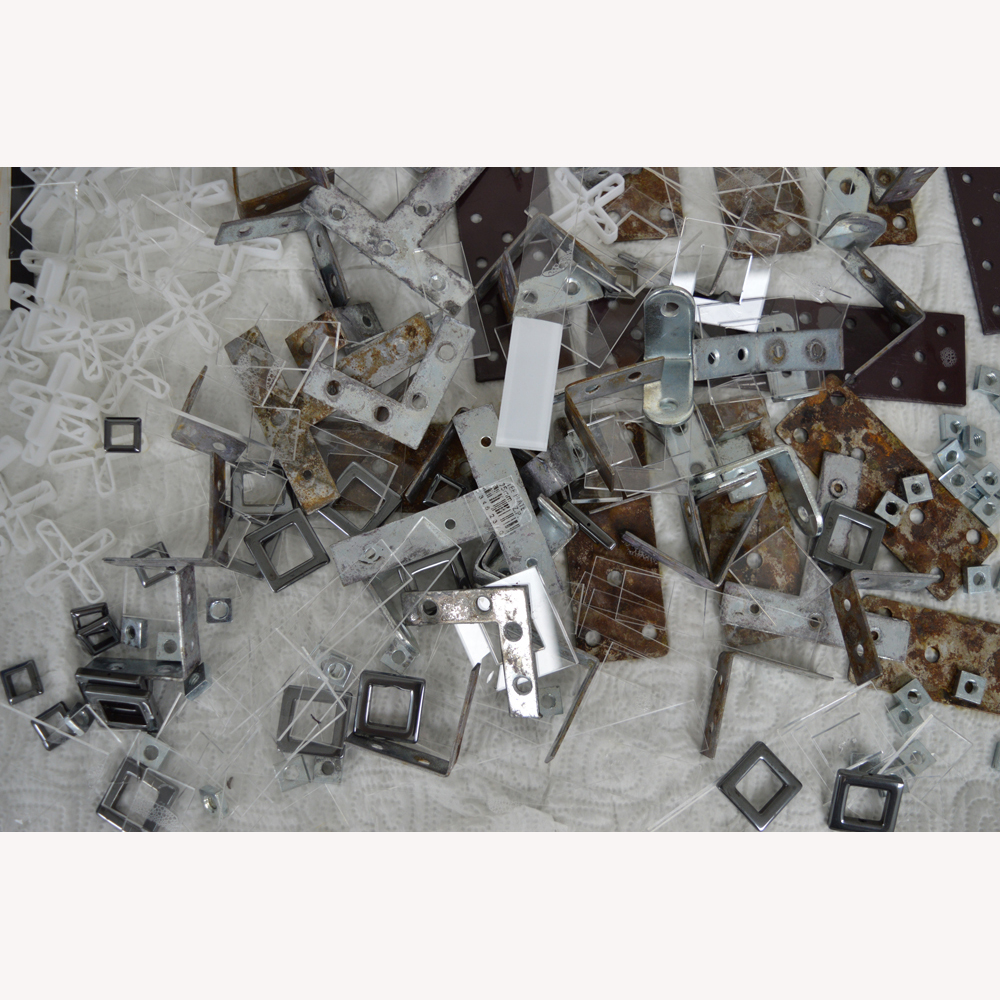
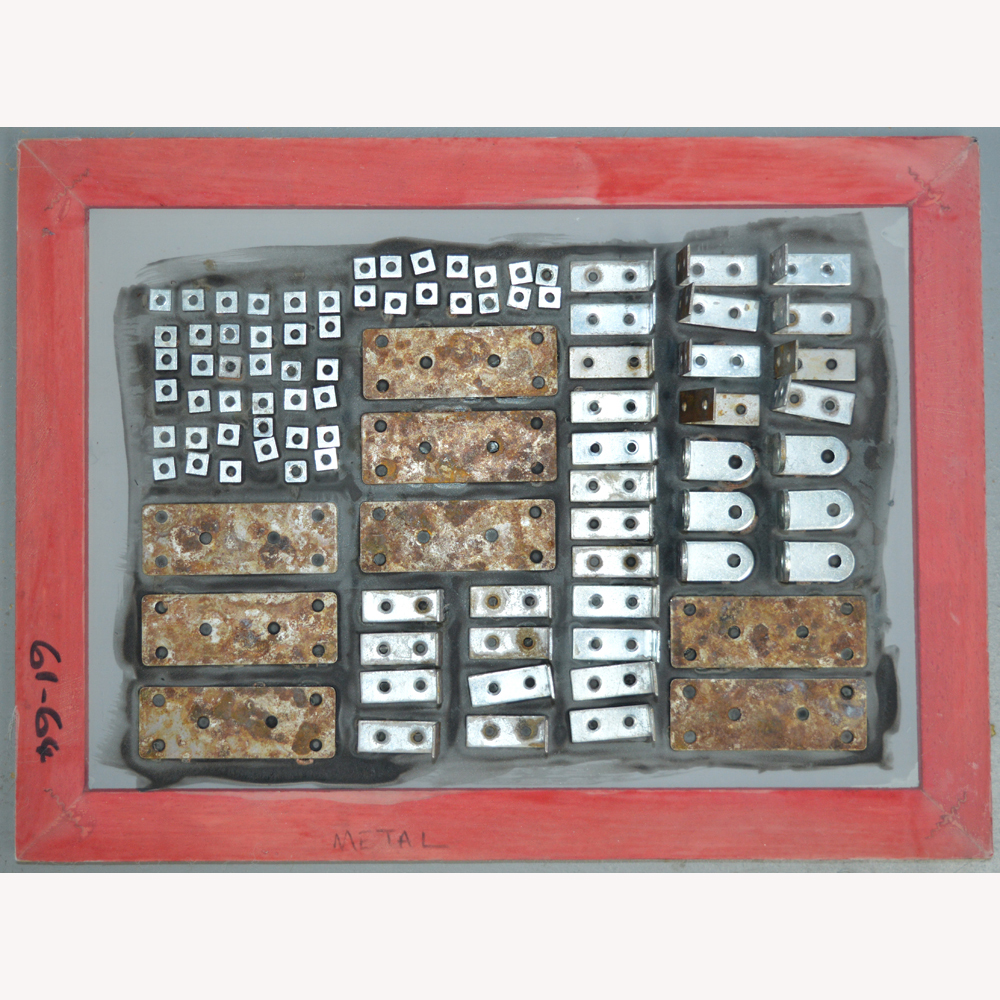
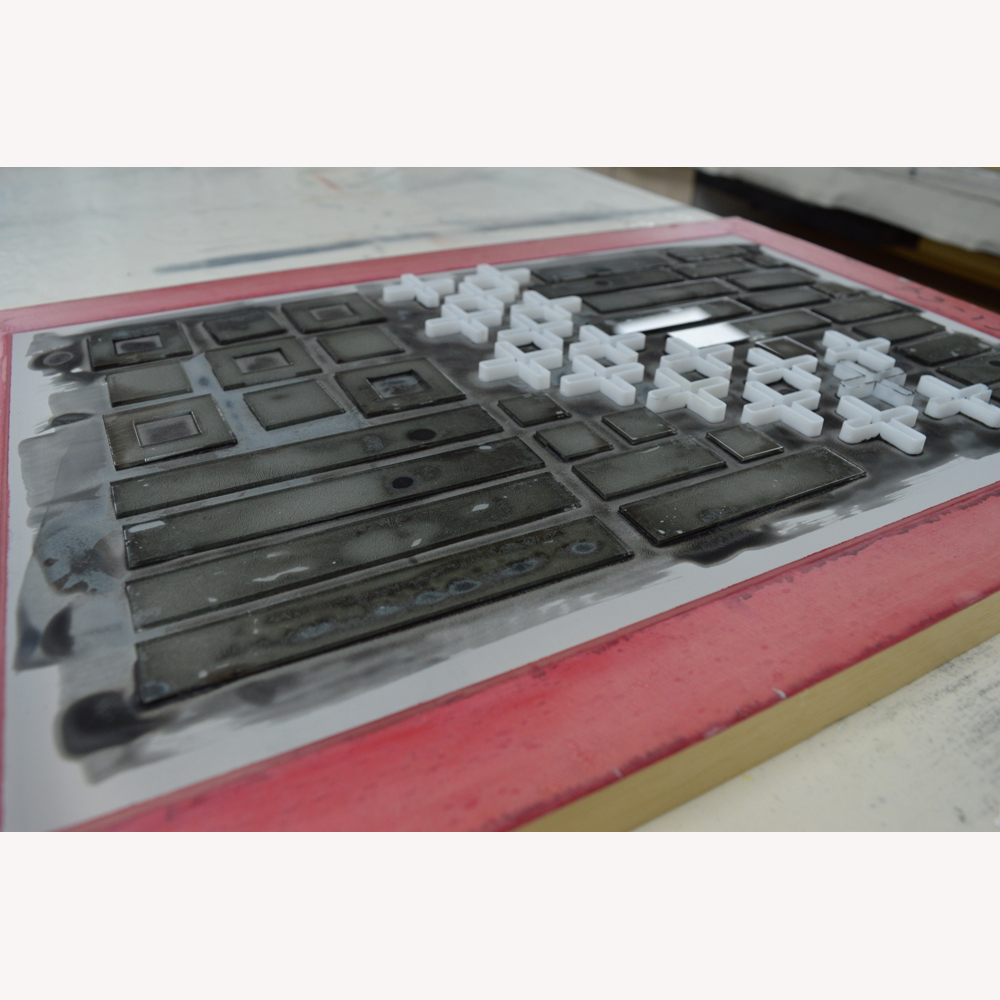
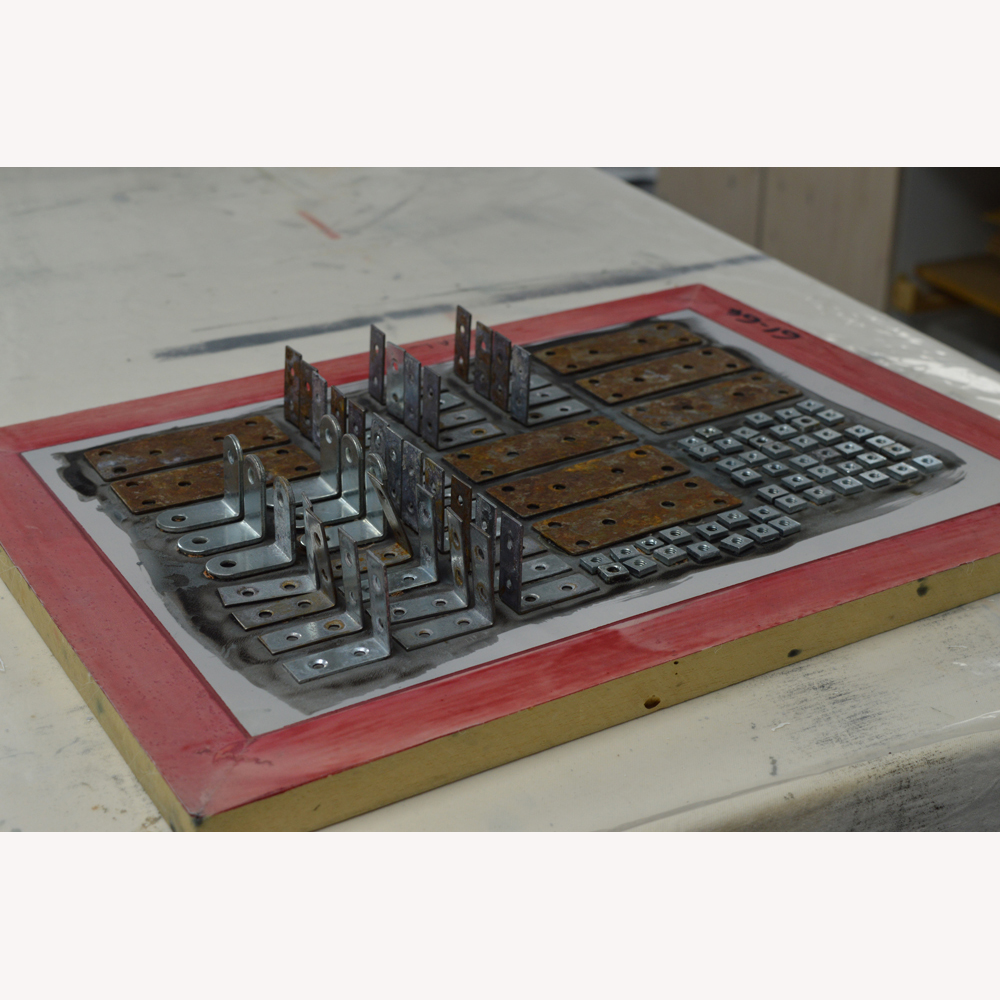


 It will come as no surprise when I say that 95%+ of the textiles I use in my work are created using breakdown printing. Sometimes I include dyed pieces, sometimes I add a layer of print using thermofax but breakdown is my love.
It will come as no surprise when I say that 95%+ of the textiles I use in my work are created using breakdown printing. Sometimes I include dyed pieces, sometimes I add a layer of print using thermofax but breakdown is my love.


 I have completed the first week of my 100 (week) day challenge. My goal is a steady 2 hours every weekday evening focussed on making small art with a commitment to finish at least one piece each week.
I have completed the first week of my 100 (week) day challenge. My goal is a steady 2 hours every weekday evening focussed on making small art with a commitment to finish at least one piece each week.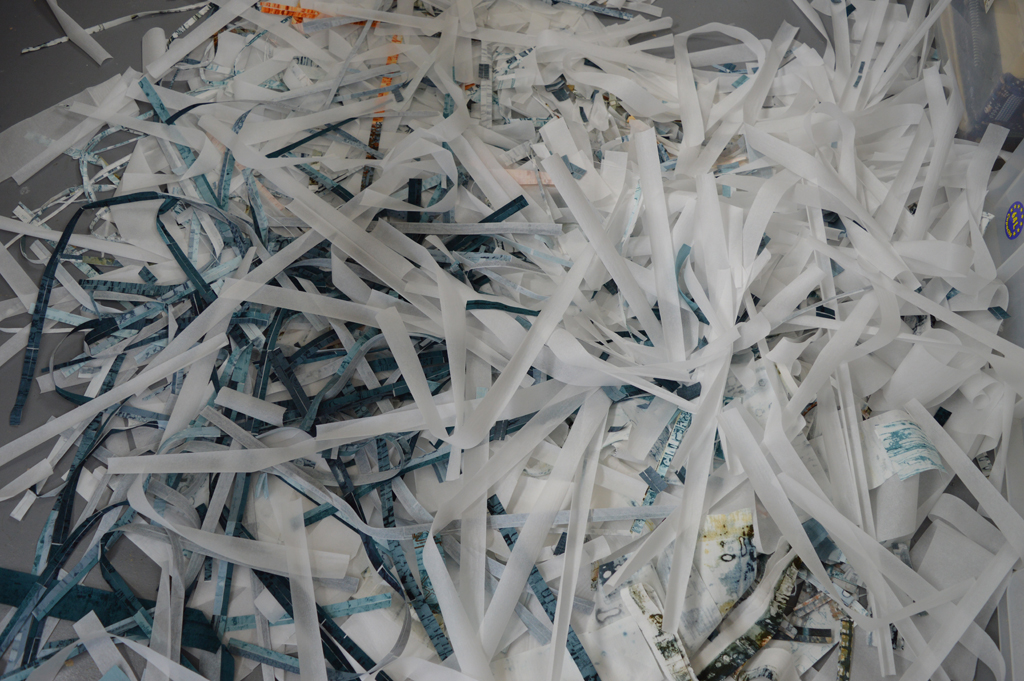 I recently
I recently 
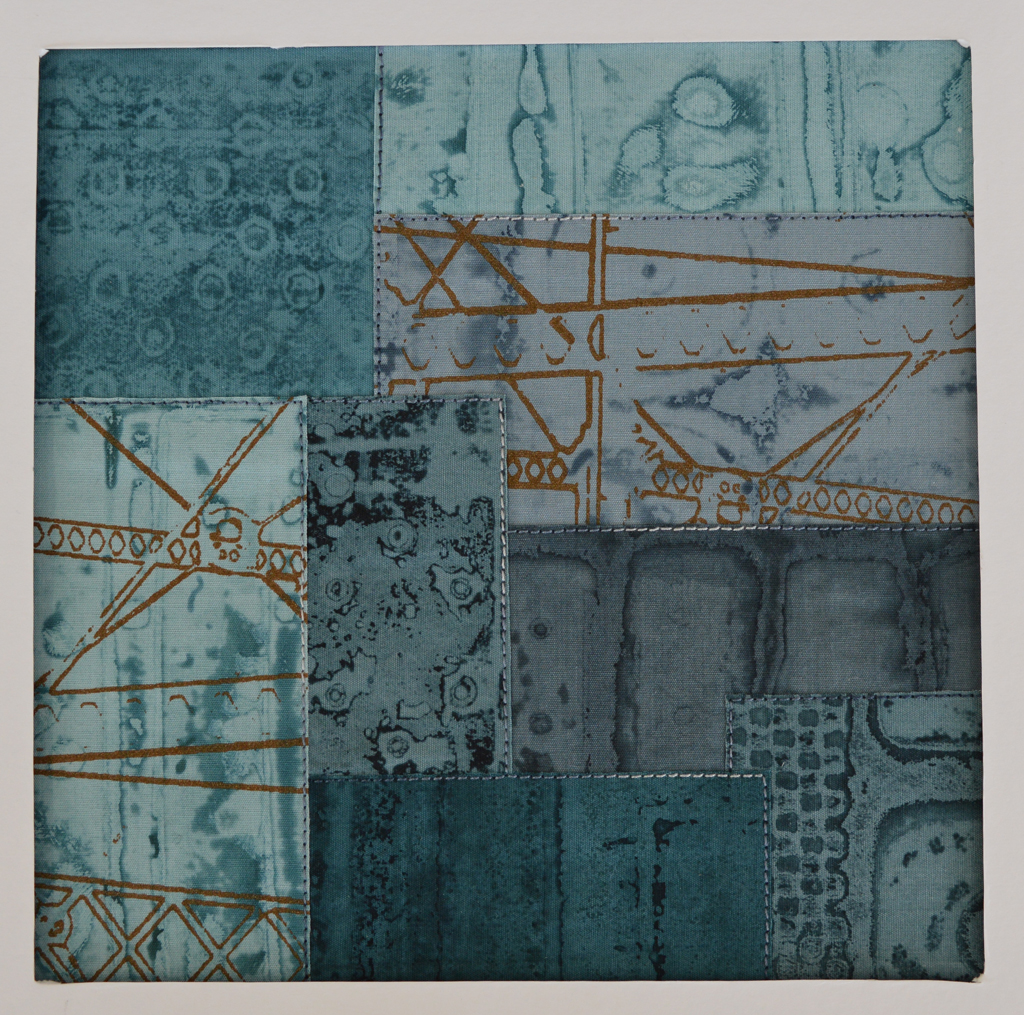 Knowing that I have two major exhibitions with
Knowing that I have two major exhibitions with 